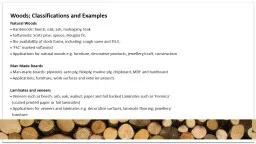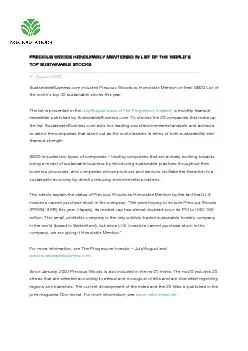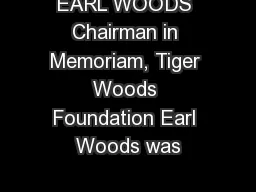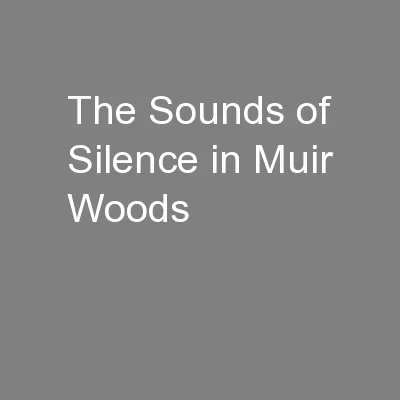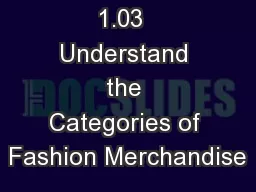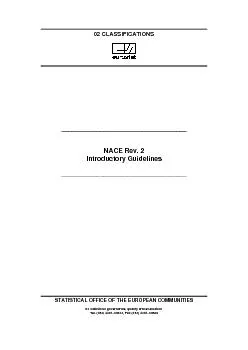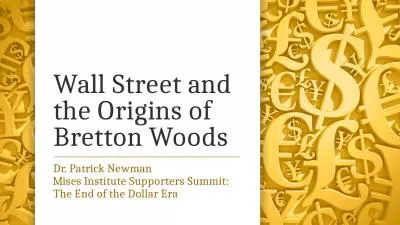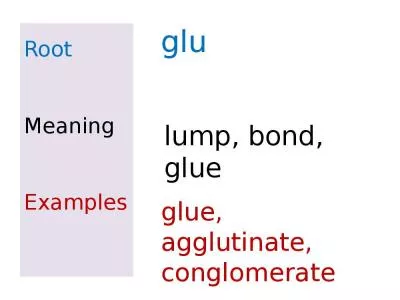PPT-Woods; Classifications and Examples
Author : lois-ondreau | Published Date : 2016-09-15
Natural Woods Hardwoods beech oak ash mahogany teak Softwoods Scots pine spruce Douglas fir the availability of stock forms including rough sawn and
Presentation Embed Code
Download Presentation
Download Presentation The PPT/PDF document "Woods; Classifications and Examples" is the property of its rightful owner. Permission is granted to download and print the materials on this website for personal, non-commercial use only, and to display it on your personal computer provided you do not modify the materials and that you retain all copyright notices contained in the materials. By downloading content from our website, you accept the terms of this agreement.
Woods; Classifications and Examples: Transcript
Download Rules Of Document
"Woods; Classifications and Examples"The content belongs to its owner. You may download and print it for personal use, without modification, and keep all copyright notices. By downloading, you agree to these terms.
Related Documents

